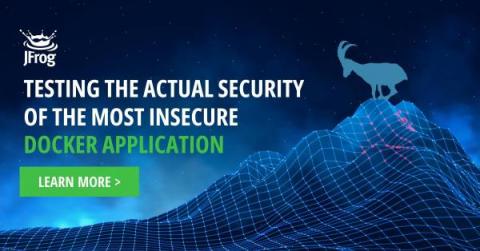Security | Threat Detection | Cyberattacks | DevSecOps | Compliance
Security
Devo Exchange - Content Submission tool
EP 22 - Deep Fakes, ChatGPT and Disinformation: Theresa Payton on Evolving Digital Threats (Part 2)
Today’s episode is part two of our conversation with former White House CIO, bestselling author and founder and CEO of Fortalice Solutions, Theresa Payton. If you missed part one, you can start here and go back to that episode. Or, you can start there and come back to this one – but you’re already here, so maybe just stick around?
Why Your SOC Needs Automated Incident Response
Automated incident response can help security teams identify and respond to cyber threats faster. When a breach happens, delays equal costs. Today, a cyber attack happens every 39 seconds, and the global average total cost of a data breach is the highest it’s been in 17 years. In this environment, a low response time is crucial to reducing cyber risk.
Netacea Partners with Leading Technology Solutions Broker Telarus
How to integrate continuous API fuzzing into the CI/CD?
API security is a growing concern for businesses that offer or consume APIs. APIs, or application programming interfaces, allow different software systems to communicate and exchange data. They allow businesses to build integrations and connect with partners, customers, and other stakeholders. However, as more sensitive data is being shared through APIs, it is essential to ensure that these interfaces are secure and protected from unauthorized access or manipulation. In this blog post, we'll discuss how continuous fuzzing can be a powerful tool to secure APIs and how developers can adopt a "secure by default" approach by integrating continuous fuzzing into SDLC processes.
UpGuard Summit March 2023 North America Simulcast
Devo DeepTrace
Testing the actual security of the most insecure Docker application
Our previous research on CVE exploitability in the top DockerHub images discovered that 78% of the reported CVEs were actually not exploitable. This time, the JFrog Security Research team used JFrog Xray’s Contextual Analysis feature, automatically analyzing the applicability of reported CVEs, to scan OWASP WebGoat – a deliberately insecure application. The results identified that out of 60 CVEs reported with a Critical CVSS score, only 10 are actually applicable.
Importance of great communication
In all relationships, issues can arise. The key to solving those issues is to have a clear understanding of the issue itself. For instance, when a customer reports an issue it is critical to listen to the customer with patience and empathy so that they feel understood, and to assure them that they will receive assistance promptly. Furthermore, product issues can present themselves in various forms of complexities.











